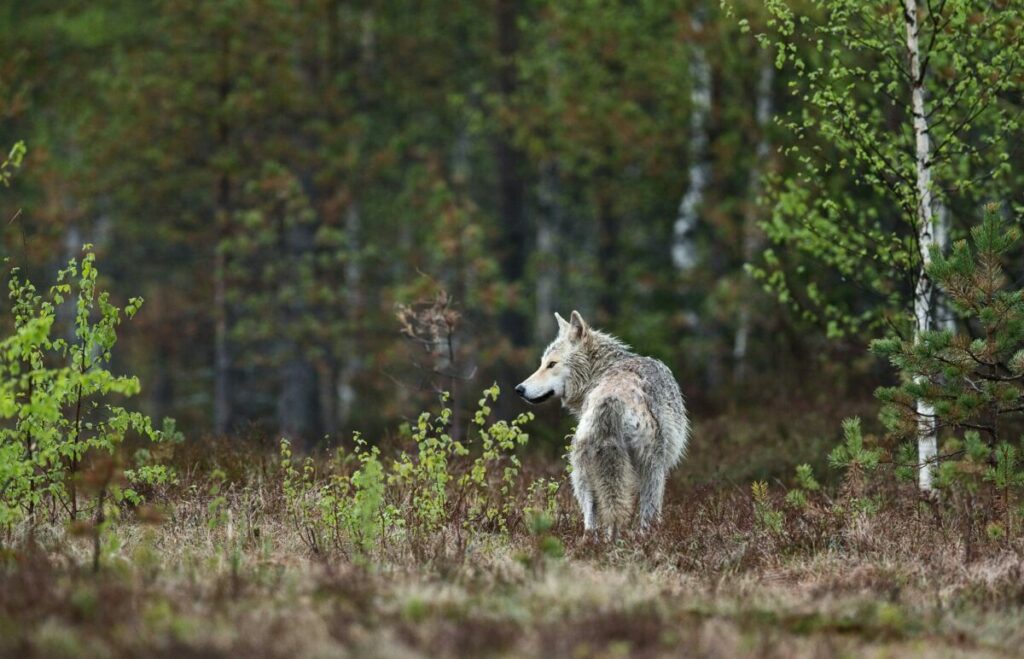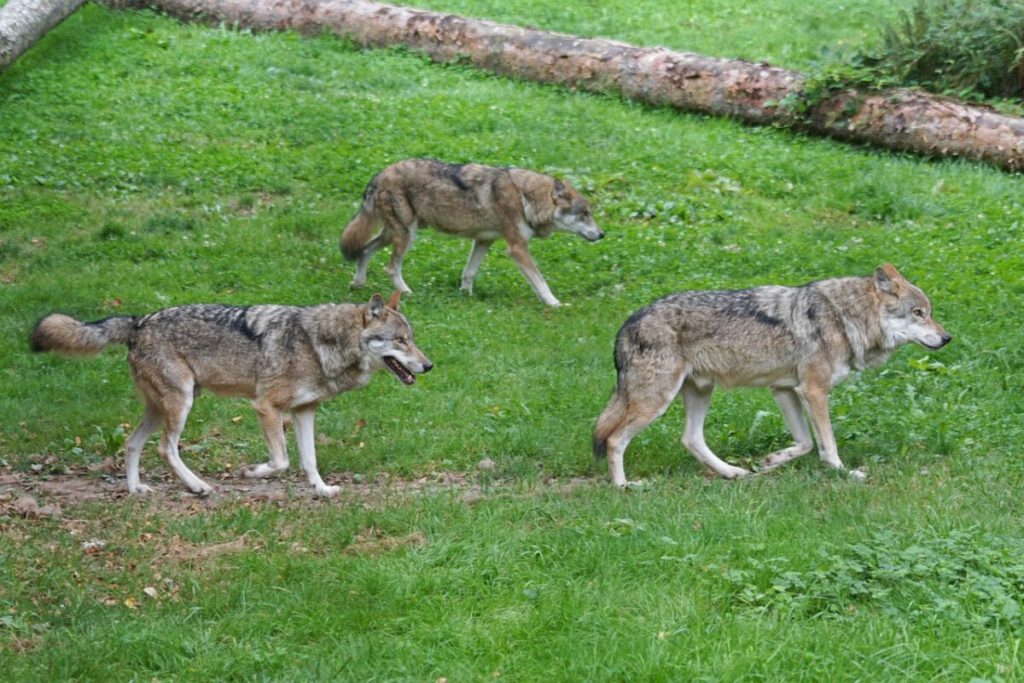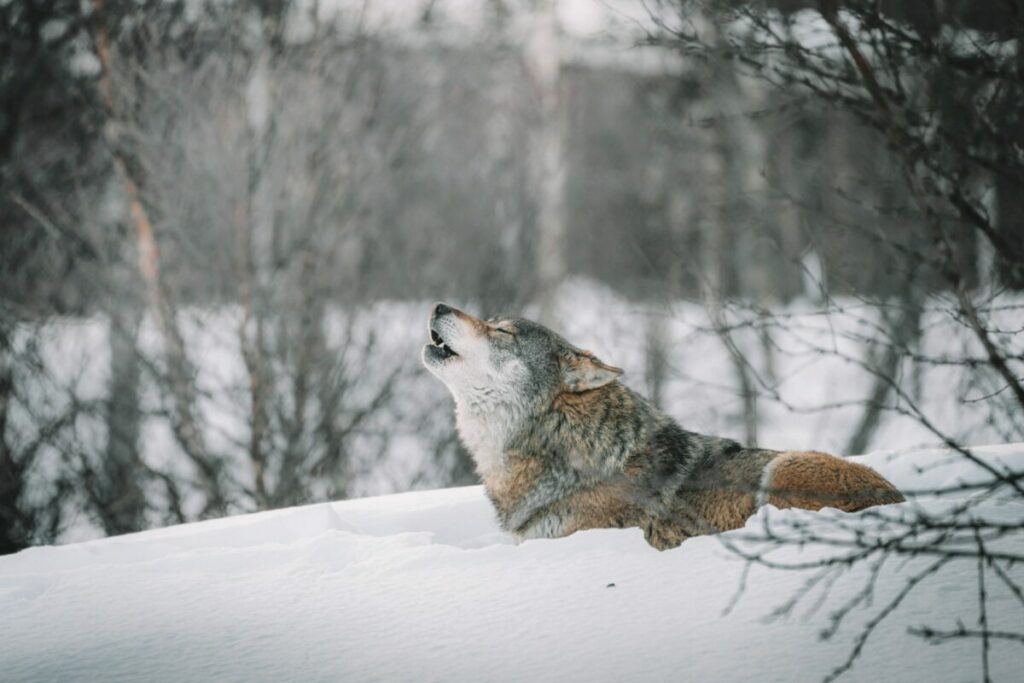When the term “largest wolf” springs to mind, the image conjured is often that of a phenomenal creature of epic proportions. Naturally, it’s no easy task to determine with certainty the size and weight of a wild wolf. After all, these agile creatures, known for their keen sense of hearing, can detect the slightest sound. Let’s delve into the fascinating world of the world’s largest wolf species, uncovering some true, majestic magnitudes in the process.
A Glimpse at the Largest Wolf: Not Your Usual LapDog

The title of largest wolf species frequently goes to the mighty Grey wolf (Canis lupus), a species found throughout the northern latitudes. As the largest wild member of the Canidae family, Grey wolves have about 40 different subspecies worldwide. But let’s take a closer look.
Comparing Sizes Across the Globe

The North American wolf, particularly large, often sees males weighing roughly 80 pounds. Its European counterpart, however, edges ahead with an extra five pounds on average. The record for North America’s largest wolf ever killed goes to an Alaskan specimen, tipping the scales at 175 pounds. Comparatively, Europe’s heaviest wolf, taken down in Ukraine, weighed an impressive 190 pounds.
The Controversy Surrounding the Largest Wolf

As majestic and mesmerising as they may be, the hunting and shooting of wolves are hot topics that often spark heated debates. Wolf enthusiasts advocate for the preservation of these distinct creatures, citing their integral role in maintaining ecological balance. Yet, on the flipside, ranchers affected by livestock predation may see things differently.
The Delicate Dance of Ecology versus Occupation

- Ecology: Wolves, often misunderstood, contribute significantly to the health of ecosystems. They control prey populations and even influence the behavior of certain species, leading to a ripple effect of ecological benefits.
- Occupation: However, wolves, especially the largest ones, can pose significant threats to livestock, impacting the livelihoods of farmers and ranchers. This conflict of interest is where the controversy often stems from.
While the allure of the hunt and the prestige of taking down the largest target is a part of human nature, managing these interests with the survival of the wolf species is a delicate, round-the-clock dance.
Further Adventures in the Wolf Domain

To keep exploring the intriguing universe of the wolf, check out the following resources:
With every link clicked, you journey into this wild, wonderful world, discovering all there is to know about the largest wolf species and more.